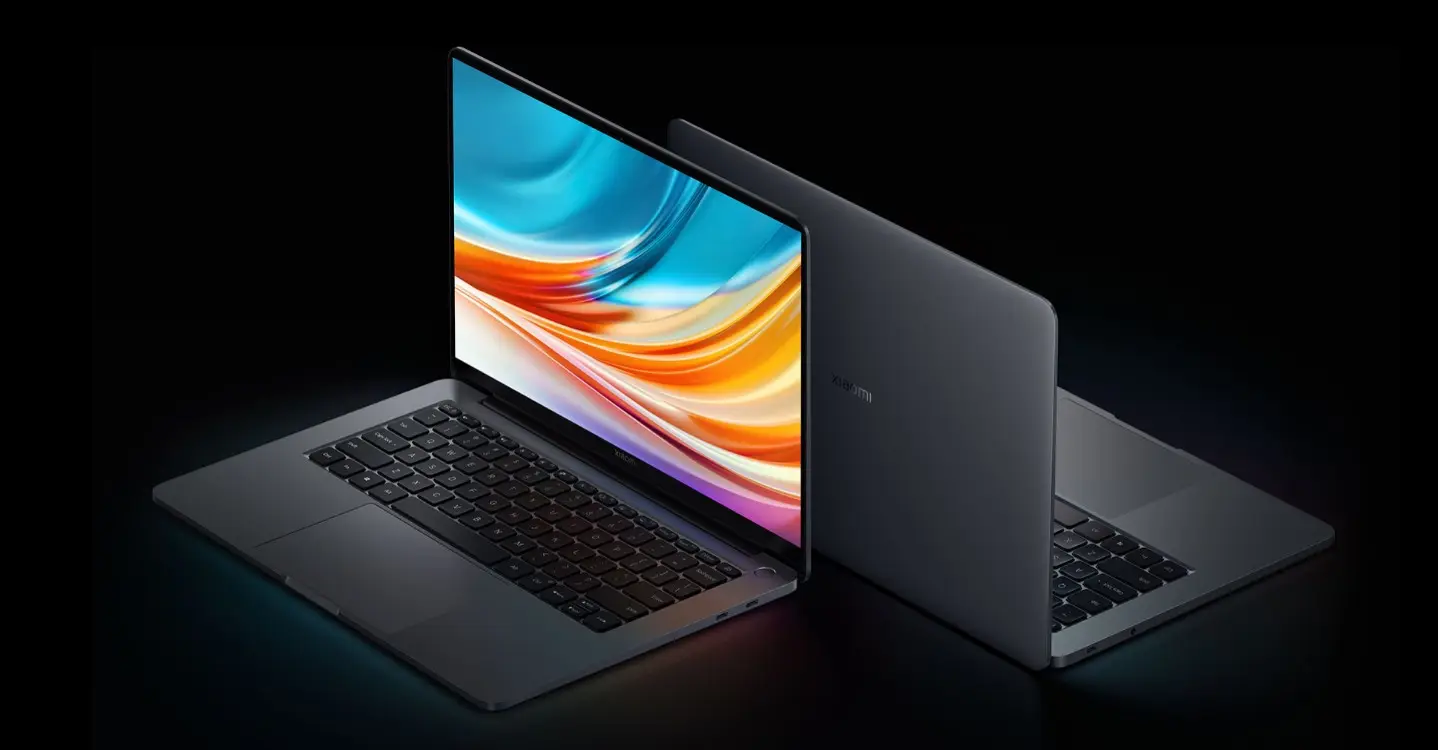Source: Huaqiang Microelectronics Author: June
Introduction: Steve Brazier, president and CEO of Canalys, a market research company, said that in 2026, the Arm architecture will occupy more than half of the market share of the ECS market and 30% of the market share of the PC field. A series of failed attempts by early industry manufacturers made people think it is unrealistic to use the Arm chip as a PC platform, but it is clear that the situation has changed dramatically.
On November 18, it was reported that Canalys‘ analysts believed that the ARM architecture SoC had made rapid progress. In four years, the ARM architecture would occupy more than half of the market share of the ECS market and 30% of the PC market.
According to DigiTimes, Steve Brazier, president and CEO of Canalys, a market research company, said at an event: "By 2026, half of the cloud processors will be based on ARM, and 30% of the PCs will be based on ARM. This is an unusual event and an event that changes the industry, but it has not received enough attention."
According to IDC data, almost 100% of the PCs sold by Apple today are based on M-series SoC, and Apple will occupy 13.5% of the PC market in the third quarter of 2022. In addition, a large number of Chromebooks are also based on Arm SoC. It can be said that the Arm architecture has occupied at least 15% of the PC market in the third quarter of 2022.
Canalys believes that Arm has the potential for further growth in the PC field, especially if other leading PC suppliers, such as HP, Dell, Lenovo, Acer and ASUS, come up with their own Arm based SoC. However, he did not mention Qualcomm, which is obviously an important player, especially in the notebook field.

HP, Dell or Lenovo may not develop their own ARM based SoC for their PCs. Nowadays, the cost of chip development is very high. Because these companies sell a large number of PCs with completely different configurations, they will need several different SoCs to deal with all markets. Considering the relatively low profit margin of the PC market, these companies are unlikely to try to replace AMD or Intel‘s processors with their processors. They may order customized chips from leading CPU designers.
On the other hand, the server is another area that the Arm architecture has recently entered. According to Omdia‘s data, Arm SoC controlled about 7.1% of the server market in the second quarter of 2022. However, not everyone needs an Arm based server. Enterprises using tens of thousands of servers are unlikely to adopt Arm, because they are running applications developed for X86, and the advantages of Arm are not obvious to them. Therefore, Brazier believes that ECS will be the primary market for Arm based SoC. He thinks that the advantage of ARM in this market is so obvious that in four years, the ARM architecture will be used by 50% of the cloud server SoC.
As we all know, the strength of the X86 architecture is not in itself, but in the various programs built around it based on the X86 instruction architecture. However, with the development of the computer industry, in order to obtain higher performance, the number of instruction sets integrated on the X86 is increasing, which brings more and more load to the hardware, virtually increasing power consumption and design difficulties.
Compared with the X86, Arm greatly simplifies the architecture and retains only the required instructions, which makes the whole processor simpler and has the characteristics of small size and high efficiency.
Some critics believe that x86 processors are not the only solution to the server or PC market, and even their position is in jeopardy.
A series of failed attempts by early industry manufacturers made people think it is unrealistic to use the Arm chip as a PC platform, but it is clear that the situation has changed dramatically.
On the one hand, Apple‘s ARM based processor technology shows outstanding performance that is not inferior to Intel‘s X86 chip. On the other hand, Microsoft, Qualcomm and domestic manufacturers, which had fallen a lot in Windows on Arm, also began to catch up.
According to some data, as early as 2020, the market share of laptops using ARM chips was only 1.4%. Last year, this share surged to 7.9%. It is expected to reach 12.7% this year, and it is expected to hit 13.9%+next year.
In particular, for Windows PCs, Qualcomm has just officially announced its self-developed ARM instruction set processor Oryon, which is said to be extremely powerful in performance. The rival is Intel/AMD, which will be delivered next year.
In addition, MediaTek has also found Adam King, a giant of Intel‘s fourth to sixth generation Core mobile processors, to lead the ARM PC business. It needs to vigorously promote the Kompanio processor for the high power consumption PC platform.
The news shows that Microsoft has not only introduced Windows11 Arm, which has brought 64 bit application simulation to Arm, but also announced that it will develop its own ARM based processor in 2020. In October last year, Microsoft‘s Surface Department released a recruitment of SoC architects, which means that Microsoft may start to develop its own PC chips for surface devices.
In March 2021, Arm itself also released a new Armv9 instruction set, which is more powerful and will not only be limited to the mobile market, but also be used in new markets such as PC, HPC high-performance computing and deep learning.
In addition, Samsung, mainland Feiteng, Ruixin Micro, and Taixin Technology, a start-up enterprise, are also eyeing this market.
|
Disclaimer: This article is transferred from other platforms and does not represent the views and positions of this site. If there is any infringement or objection, please contact us to delete it. thank you!
中恒科技ChipHomeTek
|
